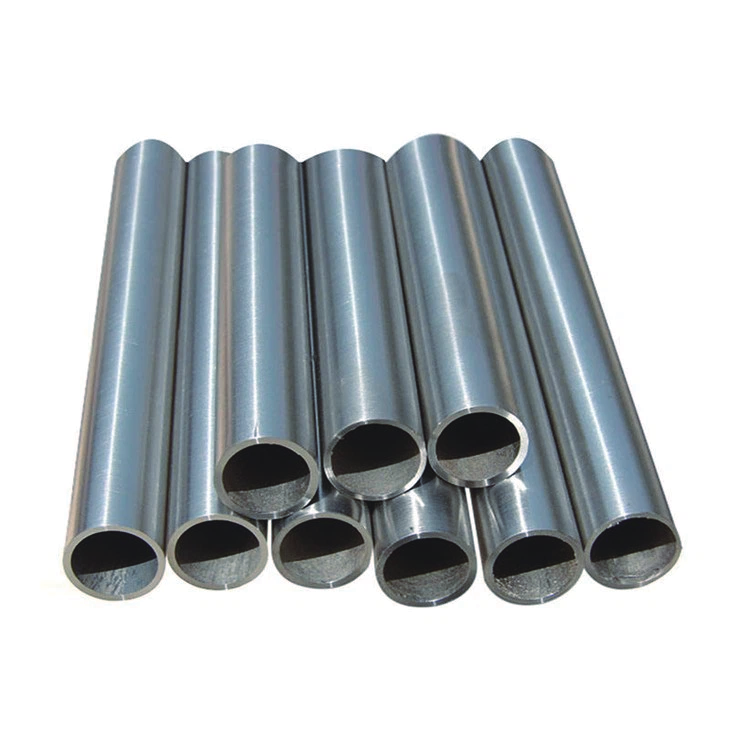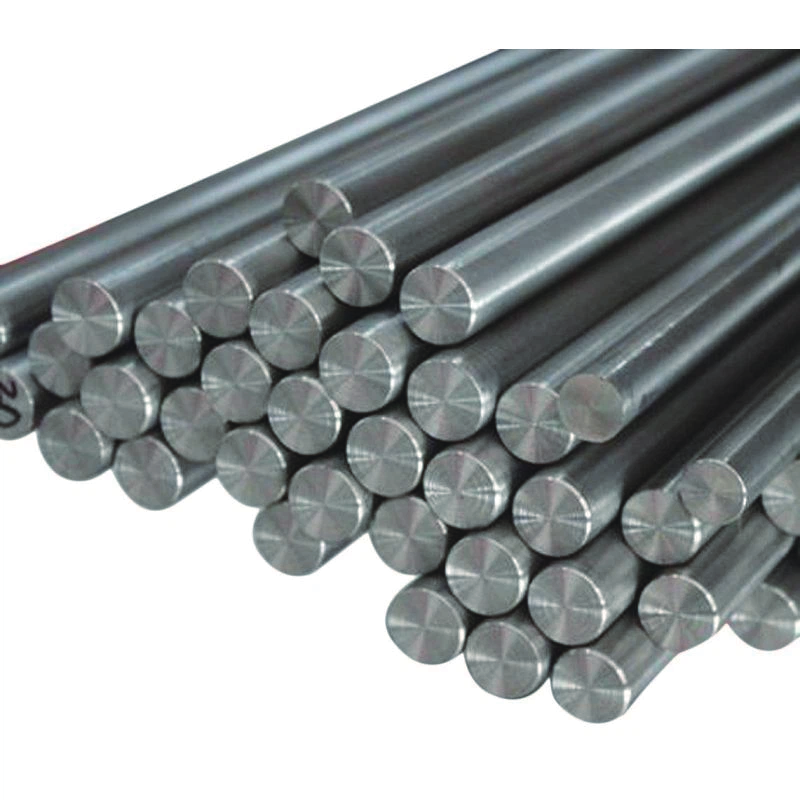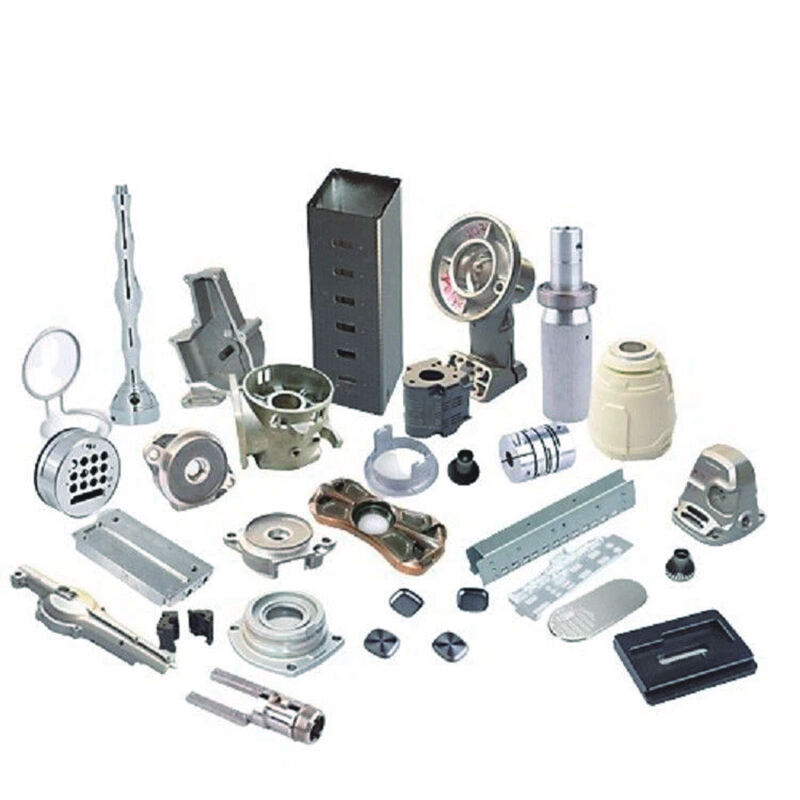
Stellite 31 is a cobalt-based superalloy with high tensile and creep properties. Its stress rupture properties are better than many commercial alloys, especially at 1700°F (926°C) and 1800°F (980°C). Stellite 31 can withstand oxidizing and reducing atmospheres up to 2100°F (1150°C). It has excellent thermal and mechanical shock resistance. Due to its high temperature properties, Stelllite 31 is commonly used in gas turbine engines in areas susceptible to hot gas attack, as well as in furnace work tools that require a combination of mechanical integrity and resistance to hot wear.
Stellite™ 31 Alloy
Nominal Composition (Mass %) and Physical Properties
| Co | Cr | W | C | Ni | Others | Hardness | Density (deposit) | Melting Range |
| Base | 26 | 7.5 | 0.5 | 10.5 | Mo, Fe, Si | 25-35 HRC* | 8.61 g/cm30.311 lb/in3 | 1340-1395ºC2245-2545ºF |
Stellite cobalt-based alloys consist of complex carbides in the alloy matrix. They are resistant to abrasion, abrasion and corrosion and retain these properties at high temperatures. Its excellent wear resistance is mainly attributed to the unique inherent properties of the hard carbide phase dispersed in the CoCr alloy matrix.
product

turbine wheel

turbine blade

nozzle ring

compressor blade

guide vanes

diffuser

Segment

Turbine Rotor

Turbine Stator

Stellite sheet

Stellite pipe

Stellite rod

Stellite bolt and nut

Stellite Fasteners

Stellite wire

spring
According to drawings or samples




Stellite alloys are a group of cobalt-chromium alloys known for their exceptional wear resistance, high temperature performance and corrosion resistance. Here's an overview of Stellite:
Composition:
Stellite alloys are primarily composed of cobalt (about 50-65%) and chromium (about 25-30%), with varying proportions of tungsten, carbon and other elements depending on the grade. These alloying elements give Stellite alloys a unique combination of properties.
Wear Resistance:
Stellite alloys are known for their excellent wear resistance, making them suitable for applications where components are subject to abrasive wear, erosion and sliding contact. They are typically used in high-wear environments such as cutting tools, saw teeth, valve seats, and pump components.
High Temperature Performance:
Stellite retains its mechanical properties at high temperatures, allowing it to withstand high temperatures without significant loss of strength or hardness. This makes Stellite alloys suitable for high-temperature applications such as gas turbine components, furnace components and exhaust valves.
Corrosion Resistance:
Stellite alloys exhibit good corrosion resistance in a variety of environments, including acidic and alkaline solutions, as well as high-temperature gases and molten salts. This corrosion resistance makes Stellite alloys suitable for use in chemical processing, marine engineering, and oil and gas production.
Versatility:
Stellite alloys are available in a variety of grades and forms, including powders for thermal spray coatings, castings and forgings such as rods and plates. This versatility allows the selection of the most appropriate grade and form of Stellite alloy for a specific application.
Applications:
Stellite alloys are widely used in aerospace, automotive, oil and gas, power generation and manufacturing industries. They are widely used in components requiring wear resistance, high temperature performance and corrosion resistance.

Aerospace field

Automobile and motorcycle manufacturing

Chemical industry

Marine engineering
Our professional sales team are waiting for your consultation.